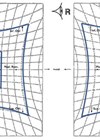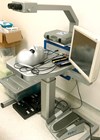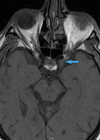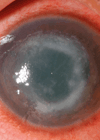Non-organic visual loss
Patients can present to eye departments with various signs and symptoms (mostly symptoms) with no obvious organic cause. These patients can be labelled with any of a wide range of diagnoses such as functional visual loss, functional overlay, psychosomatic reaction...
Conservative management of concomitant strabismus
The aim of management for all patients with strabismus should centre around four goals: to prevent amblyopia, to alleviate symptoms, to restore binocular single vision (BSV) and to improve ocular alignment. The conservative management options available for strabismus include observation,...
Sixth nerve palsy versus decompensating distance esophoria
Orthoptists see a wide range of conditions that can range from reduced binocular single vision (BSV) that may be solved with exercises, to more extreme neurogenic cases requiring further intervention. Because of this variety, it is important to be able...
Cataract surgery supervision
Senior trainees supervising other more junior trainees’ cataract surgery is a skill which needs to be taught and developed with care. It is beneficial for senior trainees as it provides an opportunity to develop supervision techniques prior to consultancy and...
Typical or surprisingly uncharacteristic presentations of neuro-ophthalmic emergencies
Irrespective of geographical location or patient cohort, emergency departments are high risk locations capable of inspiring extreme anxiety and dread in patients and doctors alike. The stress multiplies when a walk-in or referred case is suspected of underlying neurological pathology....
How to diagnose and treat Acanthamoeba keratitis
Corneal ulceration caused by Acanthamoeba is on the rise, and recent publications indicate an outbreak in the UK over the last few years [1]. Since Acanthamoeba keratitis often presents with atypical features, diagnosis from slit-lamp examination alone can often be...











